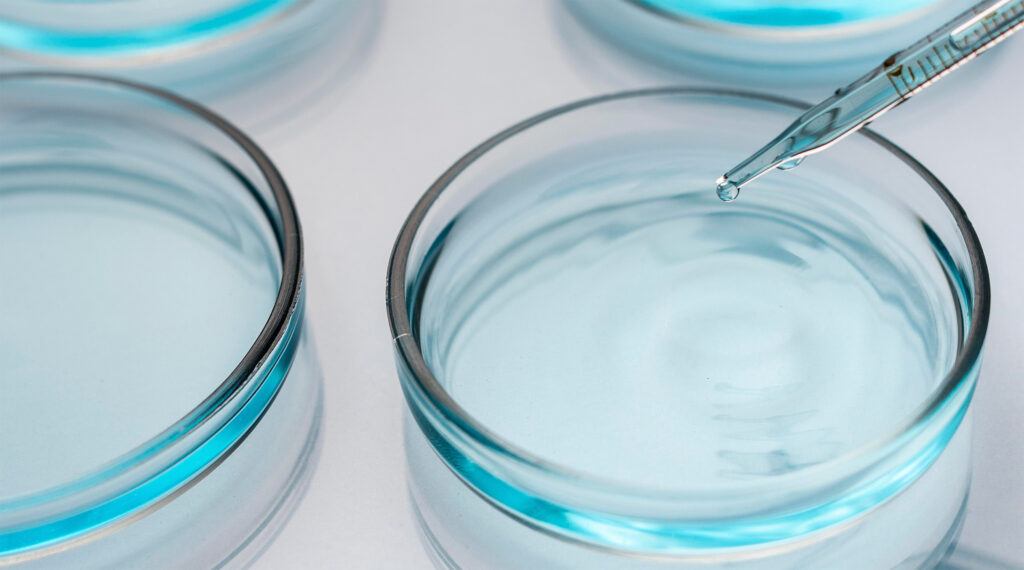Engineering a cell line with a desired genome for the aforementioned applications presents unique challenges. However, once the genome of interest is obtained, the long-term challenge becomes GMP-compliant expansion, storage, and traceability of the cell bank.
For each unique product, single seed stocks are passaged into thousands of vials for biomanufacturing to meet the needs of clinical trials and commercial product. With each passage and use, there is an opportunity for contamination.
Mycoplasma is one of the primary concerns when producing cell banks. Mycoplasma may be responsible for poor cell viability and reduced protein and viral production. As the magnitude of passages, derivative banks, and vials grows, so does the risk for mycoplasma contamination.
Traceability is the first step in minimizing mycoplasma contamination. Traceability and GMP-compliant documentation begin when the seed stocks are passaged into pre-master banks, followed by the Master Cell Bank (MCB). At this step, health authorities and international pharmacopeia require that the MCB undergo several QC tests, including mycoplasma testing, to ensure the starting material for subsequent banks is free of mycoplasma.
When to Test
Mycoplasma testing of MCB, WCB, and EoPCB is required by the FDA, as well as international pharmacopeia. Testing mycoplasma in Research Cell Banks (RCBs) is not required, but strongly advised.

Mycoplasma checkpoints are required for any cell bank maintained to manufacture clinical-grade product.
Once the MCB has cleared mycoplasma testing, the Working Cell Bank (WCB) is derived. Again, mycoplasma testing is required to confirm the efficacy of the WCB. For the final product of the manufacturing process, each production lot is manufactured using an End of Production Cell Bank (EoPCB) derived from the WCB. As each EoPCB is generated, the cells go through rigorous QC testing and further mycoplasma testing.
Contamination in RCBs can lead to time delays and unwanted financial burdens. Unnecessary troubleshooting downstream of a contaminated RCB is prevented with an efficient mycoplasma test. If it’s possible that the product will later move to a clinical production setting, it is best to have the RCB well-documented and GMP-ready for MCB seeding. For a RCB to be able to seed the MCB, it will have to be mycoplasma-free, making it best to ensure the R&D campaign includes mycoplasma control.